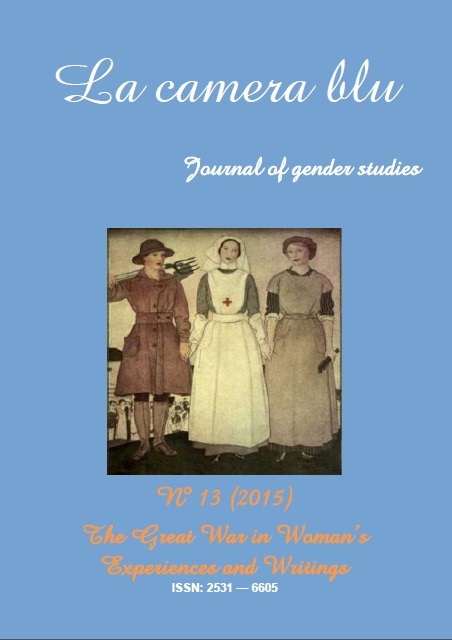The image of women in Soviet Manifesto
DOI:
https://doi.org/10.6092/1827-9198/3898Keywords:
gender relations, women's rights, femminityAbstract
This article summarizes the condition of women within the Bolshevik regime, focusing on the use of posters. Visual propaganda was a means to easily reach wide strata of the population. The official Party ideology, expressed through visual propaganda, contributed to the definition of new social identities, as well as to the creation of new ways of thinking and acting in Soviet society. It had its own internal dynamics and operated as an independent force in a continually evolving society in which the field of discourse was radically changing. Posters aticipated developments in Soviet society and provided a model for people to follow; they were not limited to reflecting past or current events. The posters under consideretion pertain to the representation of women in their various occupations (e.g, workers, peasants) or simply happily engaged in everyday life. The images prescribed, for example, which clothes to wear or how hair should be styled, and were without doubt powerful and pervasive; yet they were destined to meet an inevitable decline following Stalin's death, when the Soviet Union reprised its international relations.Downloads
Download data is not yet available.
Downloads
Published
2016-03-31
How to Cite
Orabona, M. (2016). The image of women in Soviet Manifesto. La Camera Blu, (13). https://doi.org/10.6092/1827-9198/3898
Issue
Section
Points of View
License
La camera blu is an open access, online publication, with licence CCPL Creative Commons Attribution 3.0 Unported


